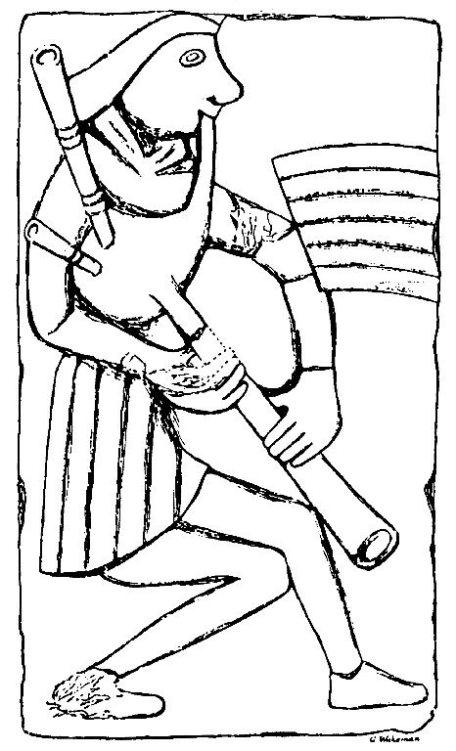The Emotive Poetry of a Moved Soul *
by Luminita Kareem
Title: ‘A Sad Piper’
Poems by: Omar Tarin
Published by: Leo Books, Islamabad
Pages: 82
Price Pak Rs : 100
This is a first volume of poetry by Omar Tarin and contains some very fine, highly-charged verse, with themes which are universal and appealing.
Normally, when a new writer emerges the media reacts over-effusively blowing up a talented person beyond all proportions, stifling any real future creativity with blankets of praise. This time, however, a prodigious talent definitely emerged and the result is a beautifully written book, excellently produced.
Omar Tarin is a fine poet and ‘A Sad Piper’ is a an outstanding first attempt by a refined and mature intelligence. In his Foreword, Tarin calls hyis work “”…the emotive poetry of a moved soul”. There is indeed an intense lyrical strain prevalent in his writing which emerges as the hallmark of his style, replete with powerful imagery and awash with the rich melodies and colours of both Pakistan’s native heritage and a unique, sensitive humanitarianism.
The poems in this slim collection sing out with sadness and joy, with life and death, transcending all the barriers and liimitations of our worldly beliefs, reachign out towards the skies and the limitless universe in awesome grandeur. They blend entire worlds of experience in rhythmic patterns, often full of music, soemwhat reminiscent of ancient choral rhymes and hymns of long ago, intemingling with the influence of Sufism freely, in glorious rhapsody.
In the first, opening poem, ‘A Sad Piper’, a bizarre magical effect is created when a ghoslty piper sitting by the riverside plays his pipes ‘across’ the poet’s heart:
Playing the wind
Droning the bees
Rocking the river
Along those dark-spined banks, overgrown…
The intensity of Omar Tarin’s poetic experience and vision is reasserted in more subjective, personal poems such as ”Tree Lopping Time” when the trees of his youth are brutally cut down ‘by the executioner’s axe”.
At times, he approaches a grandeur beyond ordinary comprehension, as in ”The Quetzal in my Dreams” when he says
I had seen it in slow-motion
When men died in dreams
As they did in reality;
For the Quetzal is a secred bird …
And so on, as the spectacle of Tarin’s spirir unfolds itself, layer by layer, poem by poem, before us, stirring us in our own souls. We cannot fail to be inspired.
”A Sad Piper” augurs well for the future. It is rhe first, tentative step by a promising talent; the baptism of a poetic soul in the true tradition of great poetry.
If they are any weaknesses in this volume, they are adequately covered up by the fine presentation. One only wishes that the collection had been a little larger, perhaps. Yet, who am I to cavil? Tarin’s maiden effort has afforded me hours of pleasurable reading. And I hope they shall continuing doing so, in years to come.
——————
* From the Weekly Review of books and poetry section of daily ” The Muslim”, Islamabad, Pakistan, 24th October 1994
Tags: 1994, A Sad Piper, book review, first collection, Luminita Kareem, Omer Tarin, Pakistan, Pakistani literature, poetry

